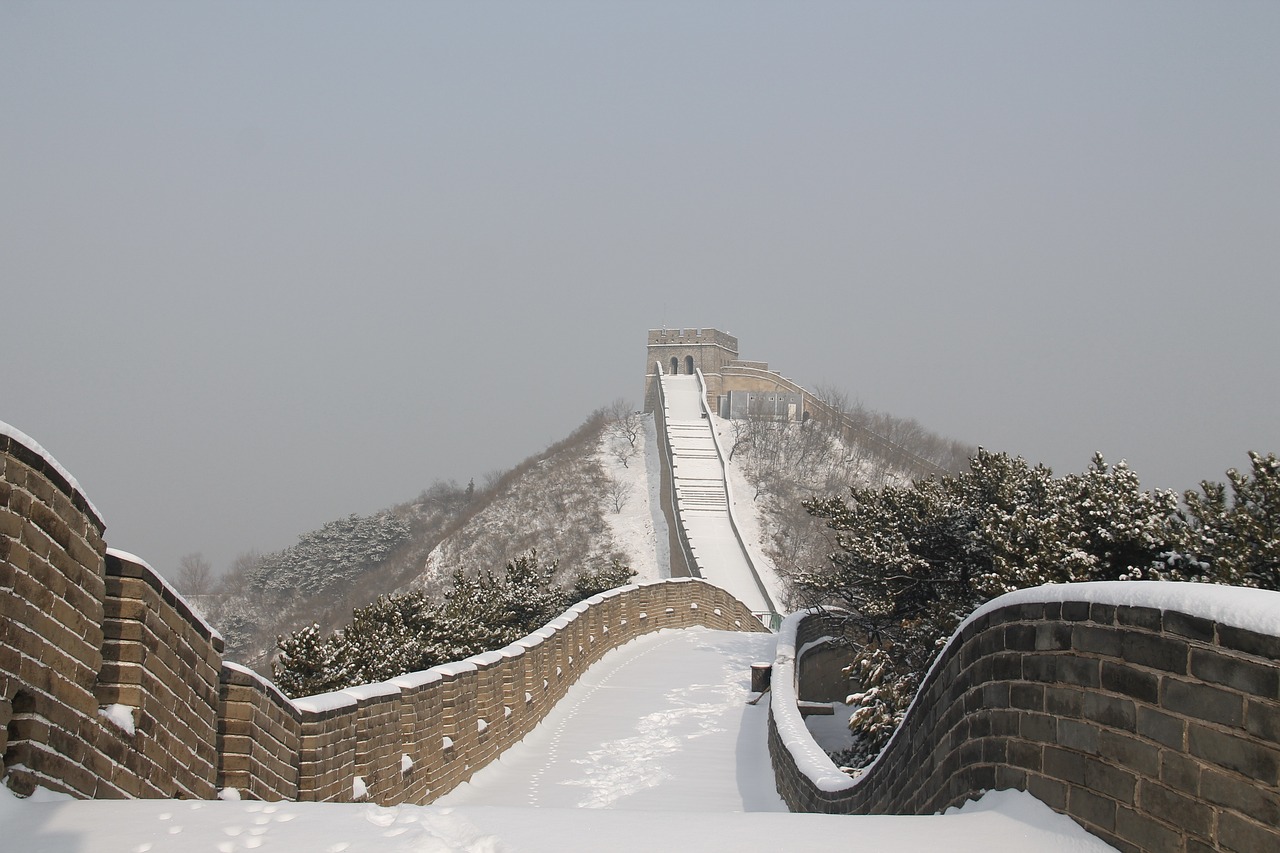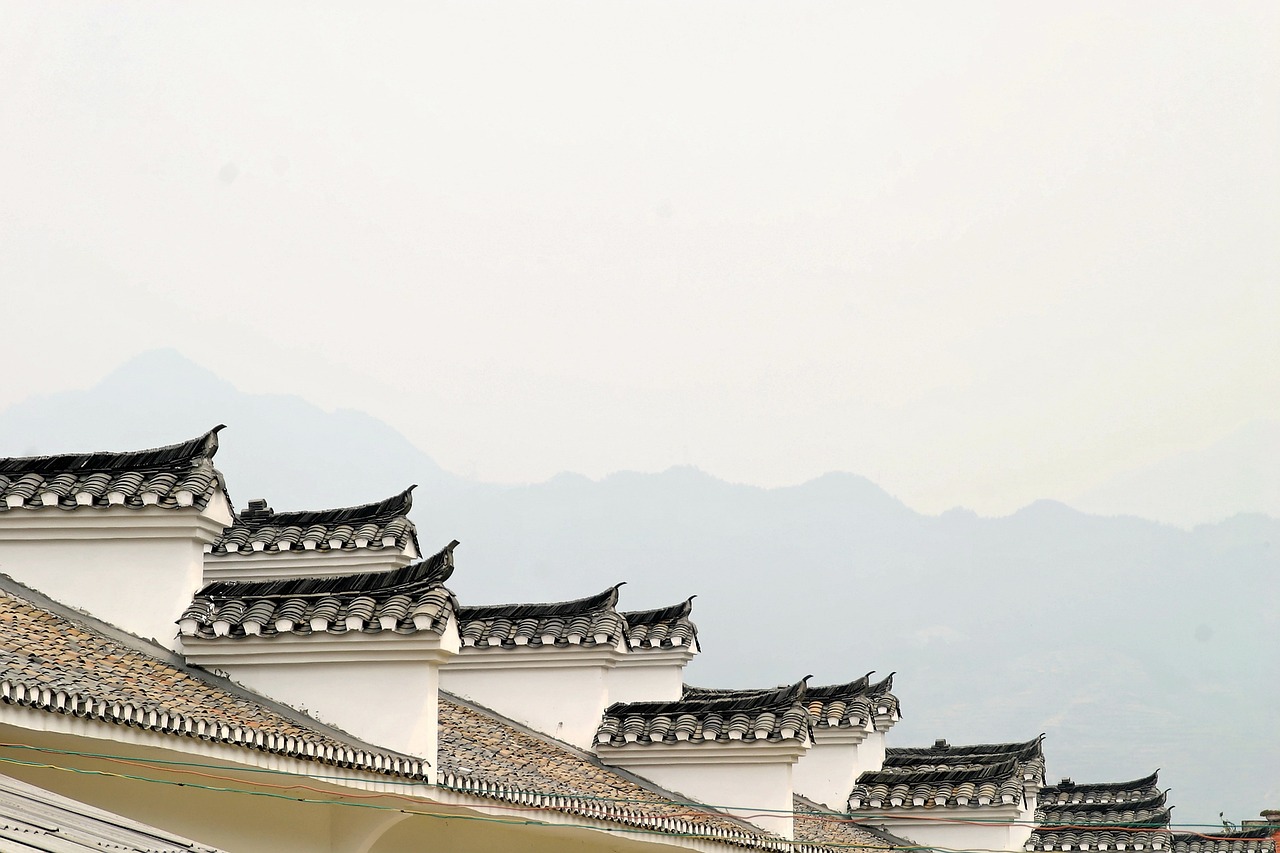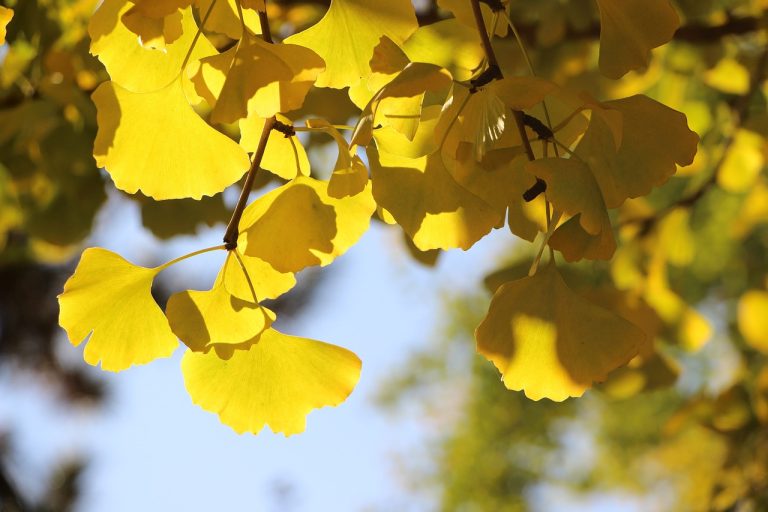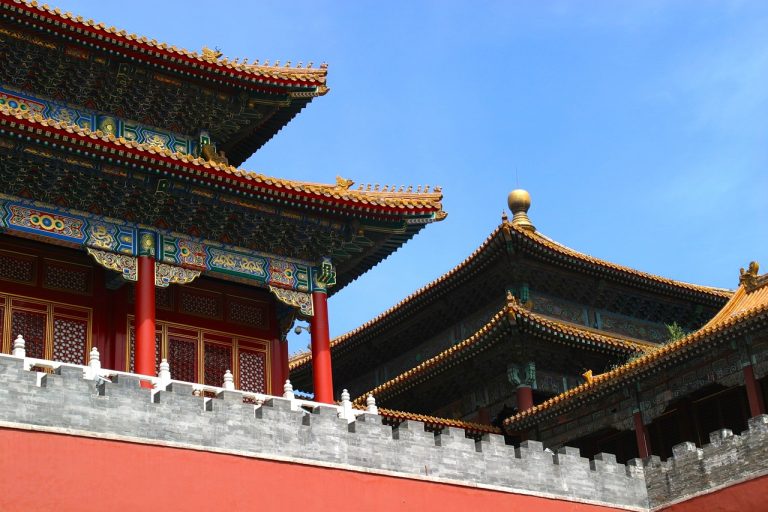Beijing China Video
Local Myths and Legends of Beijing, China
Beijing, the capital city of China, is not only known for its rich history and cultural heritage, but it is also steeped in fascinating myths and legends. These stories have been passed down through generations, shaping the beliefs and traditions of the local people. In this article, we will explore some of the most intriguing myths and legends that are deeply rooted in the heart of Beijing.
The Legend of the Forbidden City
- Emperor’s Divine Protection: According to the legend, the Forbidden City, also known as the Palace Museum, was built with the divine protection of the heavens. It is believed that the emperor, who was considered the Son of Heaven, received blessings from the gods for the construction of this majestic palace complex.
- Guardian Lions: The Forbidden City is adorned with beautifully carved stone lions at its entrances. These lions are believed to possess supernatural powers and serve as protectors against evil spirits. It is said that they come alive at night to safeguard the palace.
- Curse of the Nine Dragons: Another legend surrounding the Forbidden City is the curse of the Nine Dragons. It is believed that anyone who disturbs or removes the Nine Dragon Wall, a decorative screen with nine intricately carved dragons, will bring misfortune upon themselves.
The Myth of the Great Wall of China
- Dragon’s Breath: One of the most popular myths associated with the Great Wall of China is that it was built to keep out dragons. It is believed that dragons had the ability to cause floods and destruction, and the Great Wall was constructed as a defense against their mythical powers.
- Human Sacrifice: According to folklore, during the construction of the Great Wall, it was believed that the spirits of the deceased workers would protect the wall from collapse. As a result, human sacrifice was performed, and the bodies of workers were buried within the wall to ensure its stability.
- Visible from Space: While it is a popular misconception that the Great Wall of China is visible from space, this myth has captured the imagination of many. The wall’s immense length and historical significance have led to the belief that it can be seen from outer space.
Beijing China Image 1: 
The Legend of the Temple of Heaven
- Heavenly Communication: The Temple of Heaven is a sacred complex where emperors of the Ming and Qing dynasties would perform rituals to communicate with the heavens. Legend has it that the Hall of Prayer for Good Harvests, the main building within the complex, was constructed with special materials and techniques to ensure a direct line of communication with the gods.
- Echo Wall: One of the most intriguing features of the Temple of Heaven is the Echo Wall. This circular wall is known for its unique acoustic properties, allowing whispers to be heard clearly on the opposite side. It is believed that this was used by the emperor to communicate secretly with his advisors.
- Divine Intervention: During the annual Winter Solstice Ceremony at the Temple of Heaven, it is said that the emperor would pray for a bountiful harvest and divine intervention to ensure the well-being of the people. The success of the ceremony was believed to be a sign of a prosperous year ahead.
The Myth of the Summer Palace
- Origin of Kunming Lake: The Summer Palace is renowned for its picturesque Kunming Lake, which is said to have originated from tears shed by a legendary dragon. According to the myth, the dragon wept tears of sorrow after being banished from the heavens and created the lake as a symbol of its longing to return.
- Longevity Hill: Longevity Hill, a prominent feature of the Summer Palace, is believed to possess mystical powers that can grant longevity and good health. It is said that those who climb to the top of the hill will be blessed with a long and healthy life.
- Legend of the Marble Boat: The Marble Boat, located in the Summer Palace, is a symbol of imperial extravagance. According to legend, Empress Dowager Cixi ordered the construction of the boat using funds intended for the modernization of the navy. It is believed that this act of selfishness led to the downfall of the Qing dynasty.
Beijing China Image 2: 
The Legend of the Ghost Street
- Feasting Spirits: Ghost Street, also known as Gui Street, is a famous food street in Beijing that comes alive at night. According to legend, the street is frequented by hungry spirits who come to feast on the offerings left by the living. Restaurants and food stalls on Ghost Street are believed to appease these spirits.
- Haunted Alleyways: It is said that the narrow alleyways of Ghost Street are haunted by wandering spirits. Locals believe that these spirits are harmless and that they bring good fortune to those who encounter them. However, it is advised to avoid the alleyways at night to avoid any unwanted encounters.
- Midnight Rituals: During the Ghost Festival, a traditional Chinese festival dedicated to honoring the deceased, Ghost Street becomes a hub of activity. People light incense, offer food, and burn paper money to pay tribute to their ancestors and appease the spirits that roam the street.
The Myth of the Temple of Confucius
- Sage’s Wisdom: The Temple of Confucius, dedicated to the renowned Chinese philosopher Confucius, is believed to hold the wisdom of the sage. It is said that those who visit the temple will be blessed with knowledge, enlightenment, and guidance in their pursuit of wisdom.
- Wishing Wall: Within the temple complex, there is a famous Wishing Wall where visitors can write their wishes on red cards and attach them to the wall. It is believed that Confucius will grant these wishes if the person is sincere and virtuous in their intentions.
- Annual Memorial Ceremony: The Temple of Confucius hosts an annual memorial ceremony to honor Confucius on his birthday. Scholars, students, and admirers of Confucian philosophy gather to pay their respects and seek inspiration from the teachings of the great philosopher.
Beijing China Image 3: 
The Legend of the Drum Tower
- Timekeeping Tradition: The Drum Tower, located in the heart of Beijing, was historically used to keep time and announce curfews. Legend has it that the drum beats could be heard from miles away, guiding the local people in their daily routines and alerting them to any emergencies or danger.
- Dragon and Phoenix Drum: Within the Drum Tower, there are two large drums known as the Dragon Drum and the Phoenix Drum. It is believed that the beats of these drums have the power to ward off evil spirits and bring good fortune to the city.
- Drum Performance: Today, visitors can witness traditional drum performances at the Drum Tower. These performances showcase the ancient art of drumming and pay homage to the historical significance of the tower in Beijing’s cultural heritage.
The Myth of the Temple of Earth
- Earthly Balance: The Temple of Earth, also known as Ditan Park, is believed to represent the balance between heaven and earth. It is said that the temple’s architecture and layout align with the principles of feng shui, creating a harmonious and auspicious environment.
- Prayer for Good Harvests: During the Spring Festival, the Temple of Earth becomes a popular destination for locals to pray for a bountiful harvest and good fortune in the coming year. People offer sacrifices, burn incense, and perform rituals to seek blessings from the gods.
- Dragon and Phoenix Trees: The Temple of Earth is adorned with ancient trees, including the Dragon and Phoenix Trees. These trees are considered sacred and are believed to possess spiritual energy. It is said that touching or hugging these trees can bring good luck and prosperity.
The Legend of the White Cloud Temple
- Taoist Sanctuary: The White Cloud Temple, also known as Baiyun Guan, is one of the oldest and most important Taoist temples in Beijing. Legend has it that the temple was built on the site where a white cloud descended from the heavens, signifying the presence of immortals.
- Immortal Worship: The White Cloud Temple is dedicated to the worship of the Three Pure Ones, the highest deities in Taoism. It is believed that these deities possess extraordinary powers and can bestow blessings, longevity, and spiritual enlightenment upon their devotees.
- Dragon and Tiger Pagodas: Within the temple complex, there are two pagodas known as the Dragon Pagoda and the Tiger Pagoda. These pagodas symbolize the balance between yin and yang, and it is believed that praying at these pagodas can bring harmony and prosperity.
The Myth of the Lama Temple
- Buddhist Sanctuary: The Lama Temple, also known as Yonghe Temple, is a significant Tibetan Buddhist temple in Beijing. Legend has it that the temple was built on the site where a young Mongolian prince, who later became Emperor Yongzheng, was born with divine signs.
- World’s Largest Buddha Statue: The highlight of the Lama Temple is the magnificent Maitreya Buddha statue, which is carved from a single piece of white sandalwood. This statue is considered the largest Buddha statue in the world and attracts visitors from all over the globe.
- Burning Incense: Burning incense at the Lama Temple is a common practice for visitors seeking blessings and spiritual guidance. It is believed that the smoke from the incense carries prayers and wishes to the heavens, connecting the earthly realm with the divine.
Beijing China Image 1: 
Beijing China Image 2: 
Beijing China Image 3: 
Conclusion
Beijing, China, is not only a city of historical landmarks and cultural treasures but also a place where myths and legends come to life. These stories provide a glimpse into the rich folklore and beliefs of the local people. From the Forbidden City to the Great Wall, each iconic site holds its own mythical tales, adding to the allure and mystique of Beijing. Exploring these legends allows visitors to delve deeper into the enchanting world of Chinese mythology and experience the magic that lies within the heart of the city.
References
- chinahighlights.com
- theculturetrip.com
- travelchinaguide.com
- wikipedia.org







